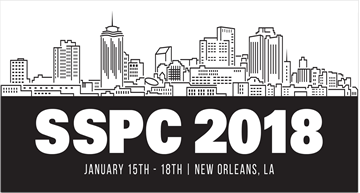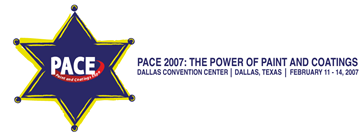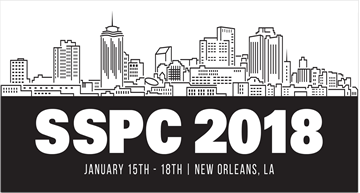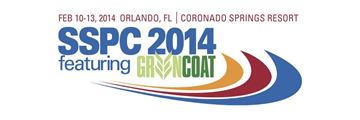Search
Products tagged with 'specifications'
View as
Sort by
Display
per page
Retro Tank Rehab One City’s Riveting Tale
Product Number:
51218-097-SG
Publication Date:
2018
$20.00
Small Expense, Big Reward - The Impact and Value of Quality Assurance Testing of Coatings for Hydraulic Steel Structures
Product Number:
41216-958-SG
Publication Date:
2016
$20.00
Specifying Concrete Coating Projects in Water and Wastewater Treatment Structures
Product Number:
41215-915-SG
Publication Date:
2015
$20.00
SR 292 Over Perdido Keys – Challenges to Field Metalizing of Steel Superstructure
Product Number:
51218-143-SG
Publication Date:
2018
$20.00
Standards, Training and Certification in the Oil and Gas Industry
Product Number:
51216-014-SG
Publication Date:
2016
$20.00
Standards, Training and Certifications in the Marine Coatings Industry
Product Number:
41216-948-SG
Publication Date:
2016
$20.00
The Manufacturer’s Standard Coating System - What it can Mean to the Stake-Holders in the Equipment Purchasing Process
Product Number:
41216-981-SG
Publication Date:
2016
$20.00
The Problem with Meeting Dry Film Thickness Specifications
Product Number:
41215-892-SG
Publication Date:
2015
$20.00
Triangle of Trust Client Driven Specifications for Wastewater Facilities
Product Number:
41214-874-SG
Publication Date:
2014
$20.00
Unique Application of an Epoxy Repair Gel to Eliminate Draft Tube Surface Wear and Cavitation, potentially Improving Turbine Power Generation Efficiency
Product Number:
41216-976-SG
Publication Date:
2016
$20.00












